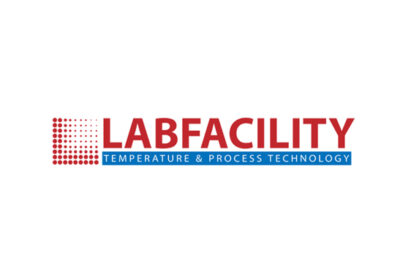~ Green engineering for the commercial vehicle sector ~
First coined by the philosopher Aristotle, it’s said that the whole is greater than the sum of its parts. This couldn’t be more the case when engineering ultra-low emission commercial vehicles. Here, Roger Brereton, Head of Sales at steering system manufacturer Pailton Engineering, explains how vehicle manufacturers can achieve more with less, by using parts engineered for optimal energy use.
Contributing 33 per cent of the total gas emissions from road transport, the commercial vehicle sector is under increasing pressure to go green. There are several initiatives driving the development of ultra-low emission trucks, but what can vehicle manufacturers do to bolster these efforts?
Achieving optimum energy use is a complex web of interrelated factors, that doesn’t simply boil down to driver behaviour. Mechanics, load, road surface and weather all affect a vehicle’s fuel consumption. Some of these factors fall beyond the control of manufacturers, however with expert engineering, the industry could make a significant dent to the alarming emissions statistics.
In recent years, we’ve seen more aerodynamic trailers take over our roads as an alternative to the traditional HGV box shape. In fact, a landmark study by Ricardo in 2009 found a 23 per cent reduction in CO2 emissions, for vehicles using an optimised teardrop trailer shape, and since then, other manufacturers have been quick to follow suit to improve fuel-efficiency.
Advanced materials and techniques are also being explored to reduce the unladen weight of trailers. Lighter trailers will minimise the energy needed to move the vehicle, thus leading to a more fuel-efficient fleet.
In addition to developments in trailer design, truck components are increasingly becoming more compact. Weight savings through expert material choice and efficient design enable the production of the greenest vehicles on the market. But vehicle manufactures need to know who to turn to.
Flexible-design steering engineers allow for small but substantial changes to be made to a vehicle design, which may veer from the standard catalogue parts available to vehicle manufacturers. These small changes could reduce steering effort, improve agility or reduce the weight of a part, allowing improved fuel-efficiency and carbon-saving potential.
For example, sealed sliding steering shafts can be manufactured using specialist polymer bushes that reduce friction, meaning additional lubrication isn’t needed. This reduction of friction within the steering system results in a smoother driving experience, and less wasted energy.
Fuel choice is another important factor. For fuelling a commercial vehicle, gas is currently the only real alternative to diesel for long-distance freight. However, electric power will certainly have its place for transporting goods over shorter distances, to provide zero emissions in urban settings.
It is important to consider the environmental impact of the entire component sourcing supply chain, and not just the end vehicle. For example, purchasing all steering components from one system supplier is an effective way of reducing the carbon emissions of transporting parts from multiple suppliers.
To date, much attention has been placed on reducing the emissions of automotive cars. However, in order to tackle the very big problem of cutting harmful gas emissions in commercial vehicles, manufacturers must first start small and focus on selecting expertly engineered components, to create a whole that is substantially greater than the sum of its parts.
To discover the full steering system product range and to find out how Pailton Engineering can support your next project, email sales@pailton.com.








